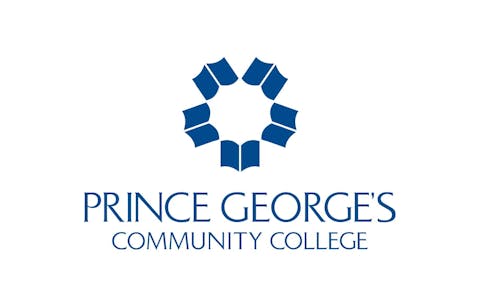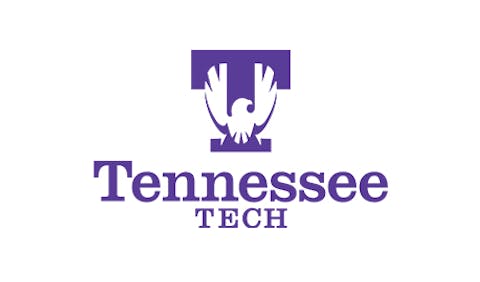A new project by the Association of Community College Trustees (ACCT) explores how states fund community colleges based on the enrollment for their students.
 Dr. Walter G. Bumphus
Dr. Walter G. Bumphus
“This work will provide a comprehensive analysis that will inform future campus programs and services, and influence local, state, and federal funding structures to benefit the 10 million students served each year at the nation’s community colleges.”
ACCT’s project — funded by a grant from Lumina Foundation in partnership with AACC and State Higher Education Executive Officers (SHEEO) — examines how states vary in their funding approaches for students pursuing credit-bearing degrees and certificates, participating in non-credit workforce programs, and enrolling via dual-enrollment programs.
This summer’s resulting systems funding map, comprising an interactive dashboard, is expected to serve as a tool for college leaders and policymakers to compare how funding models vary across states.
“Participation in dual-enrollment programs and workforce development has fueled the recent turnaround in community college enrollments,” said ACCT President and CEO Jee Hang Lee. “Yet, each state has a unique model for funding higher education that varies across degree-seeking, non-degree seeking, and dual-enrollment statuses. As community colleges are increasingly called on to concentrate all three pathways, the funding systems that support them need to reflect these priorities.”




















